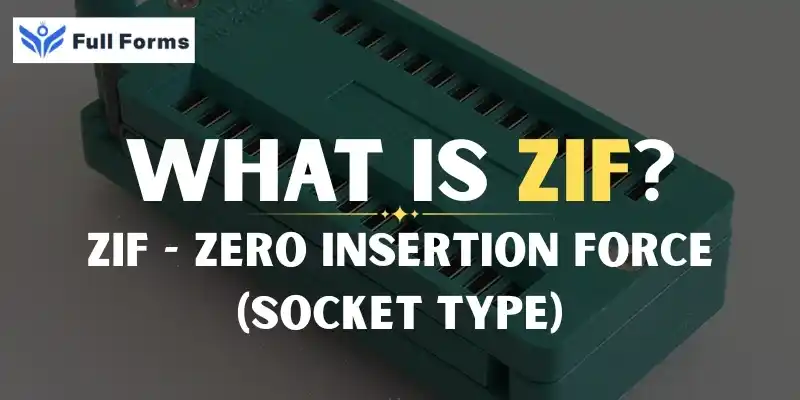Zero Insertion Force (Socket Type)
(ZIF)

Description
Zero Insertion Force (ZIF) Sockets: Transforming the Way We Connect Components
In the rapidly evolving world of electronics and computing, the need for reliable, repeatable, and user-friendly component connections has always been paramount. Among the many innovations that have shaped how we build and maintain hardware, the Zero Insertion Force (ZIF) socket stands out as a deceptively simple yet transformative solution. These ingenious sockets have made it easier for engineers, technicians, and even hobbyists to install and replace delicate electronic components with confidence and precision.
What Is a Zero Insertion Force (ZIF) Socket?
A Zero Insertion Force socket, as the name suggests, is a type of electrical socket designed to allow the insertion and removal of an integrated circuit (IC) or other component with virtually no force applied. Traditional sockets can require significant pressure to push the pins of a chip into place, risking damage.
A ZIF socket solves this problem by using a lever, cam, or sliding mechanism. When the mechanism is in the open position, the internal contacts move aside, letting the chip’s pins drop in. Closing the lever gently grips the pins, creating a secure electrical connection.
The Rise of ZIF Sockets in Technology
ZIF sockets gained popularity in the 1980s–1990s, especially with CPUs like Intel Pentium and AMD K6. These sockets made CPU upgrades easier and safer. Today, they're used in labs, manufacturing, and quality control due to their durability and ease of use.
How ZIF Sockets Work
ZIF sockets use spring-loaded contacts controlled by a lever. In the open state, contacts retract to allow pin insertion. Closing the lever clamps the pins for stable electrical connection. This design reduces pin misalignment and damage risks.
Advantages of ZIF Sockets
- Reduced Risk of Damage: Minimal force required prevents bending or breaking pins.
- Ease of Use: Easy insertion and removal of components for upgrades or testing.
- Reliability: Provides secure and consistent electrical connections.
- Reusability: Supports many insertions without contact wear.
Common Applications
- Motherboards: For CPU upgrades or servicing.
- Device Programming: Used in labs for IC testing and programming.
- Burn-In Testing: High-cycle testing in semiconductor manufacturing.
- Electronics Repair: Safe handling of sensitive parts during diagnostics.
Limitations and Considerations
Despite their benefits, ZIF sockets can be bulky and costly. In high-speed applications, their mechanical complexity can introduce small amounts of electrical resistance or capacitance, which may impact performance.
Conclusion
Zero Insertion Force sockets have revolutionized how components are connected in electronics. Their ease, precision, and reusability make them essential for modern hardware design, maintenance, and testing. As technology progresses, ZIF principles will remain critical wherever safe, repeatable connections are needed.
